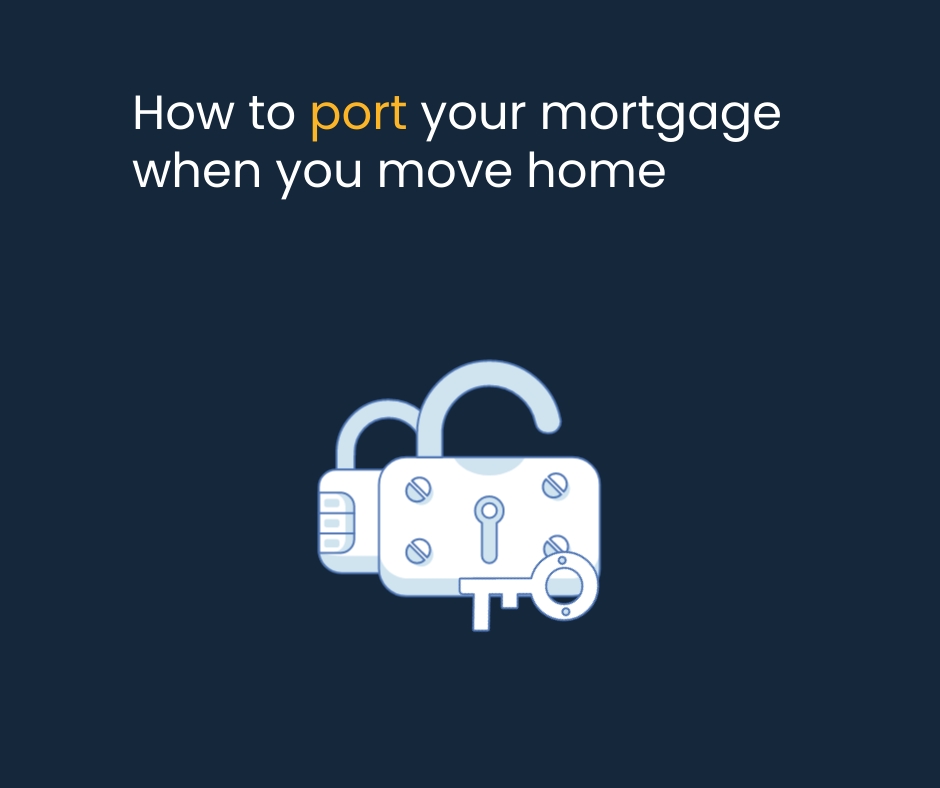Moving home doesn’t mean you need to take on a new mortgage deal. Porting your existing mortgage from one property to another is an option that could save you time and money, so it’s worth exploring! Here we outline what the process entails, giving helpful tips for making sure everything runs smoothly during the move.
What are the advantages of porting your mortgage?
For many mortgage borrowers, porting their loan can be a highly attractive option if they’re on an advantageous deal with low interest rates or stuck in a product that comes with hefty early repayment charges. These fees are often calculated as several thousand pounds of the total owed and typically amount to around 3%, although some lenders may charge up to 5%.
How does porting your mortgage work?
Selling your home doesn’t necessarily mean you’re finished with mortgage payments. By porting, or transferring, the same loan to a new property is an option available to make switching homes as seamless and easy as possible. With this process in place all that’s needed is for you to re-apply for your current deal so both you and lender can be happy when putting together your next dream house!
Your lender will assess the property value and household income to determine if it falls within their affordability requirements. It’s important to note that this is not an inspection of the condition of your future home- rather, just a financial evaluation!
Don’t assume you will get approved by your lender
With the introduction of Mortgage Market Review rules in 2014, lenders have been increasing their lending criteria and refusing to let existing customers port their mortgage if they don’t meet new affordability requirements. People who wanted to borrow even less money than before were declined.
What happens if I want borrow more money?
Taking out a top up loan can help you borrow additional money when needed. An important thing to keep in mind is that two rates are blended together, so it’s best if the new deal ends at roughly the same time as your old one. Plus, first charge mortgages mean any property repossession solely belongs to your lender – making them an attractive option for borrowers!
If you want to stay with your current lender, keep in mind that a top-up loan from another source isn’t an option. Most lenders only offer mortgages where they’re the first charge holders – meaning if things take a turn for the worst and repossession is on the cards, it will go straight to them.
My lender says no. What should I do?
If you feel like your lender has given an unfair decision, don’t hesitate to get in contact with them and voice your concerns. If needed, the Financial Conduct Authority and Financial Ombudsman Service are available resources that can help resolve any issues between lenders and borrowers. When all else fails, remortgaging may be a good choice if there is another willing lender – though understand it will come at a cost as early repayment penalties usually apply.
What happens if there is a delay between selling and buying?
If you need more time for your sale and purchase to go through, most lenders will offer a 30 day grace period. If the delay is longer than expected though, porting your current mortgage deal may not be an option – however if you choose to stay with the same lender they could potentially refund any early repayment charges incurred during this process.
Thank you for reading
Gary






